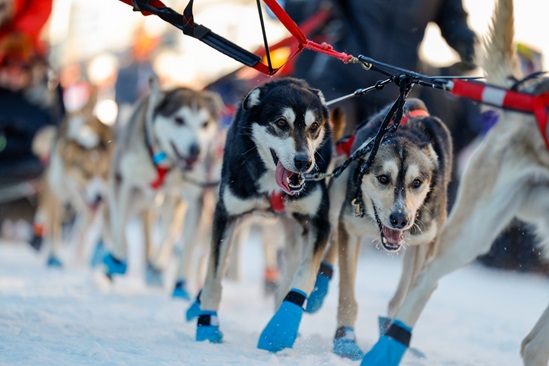 A topic occasionally visited in this column involves engine failure in single-engine airplanes. An email from a reader suggested that I might be too preoccupied with the subject. That caused me to do a little introspective thinking to see if that were true. I concluded—correctly or not—that those who have never had an engine failure are not as likely to consider the possibility as often as those who have had the experience.
A topic occasionally visited in this column involves engine failure in single-engine airplanes. An email from a reader suggested that I might be too preoccupied with the subject. That caused me to do a little introspective thinking to see if that were true. I concluded—correctly or not—that those who have never had an engine failure are not as likely to consider the possibility as often as those who have had the experience.
That, I think, might explain my so-called preoccupation with engine failures in singles. I have had three. Because one of them was of my own making, I should claim only two, both of which were remarkably similar.
The first occurred in 1956, the result of a broken piston rod in a Stinson Voyager. The engine came to a clunky halt at 300 to 400 feet above and slightly beyond the departure end of Runway 21 at Santa Monica Municipal Airport. Landing straight ahead was not a viable option. I instead turned around and landed on the runway in the opposite direction. It was this event—and the criticism I received for turning around following an engine failure after takeoff—that triggered a decades-long study of the subject.
The second event occurred in 1972 and was far more traumatic. My first wife and I were about to depart the Lake Hood Seaport in Anchorage, Alaska, in a borrowed Piper PA–18 Super Cub on floats. Our intent was to make a sightseeing flight toward 120-nm-distant Mt. McKinley. It was one of those rare days when the 20,300-foot-tall peak had been visible from downtown Anchorage, an irresistible invitation to fly.
Throttle advanced, the Cub plowed through the water, rose onto the step, and soon began a shallow climb. A Super Cub on floats does not perform nearly as well as it does on wheels, especially when loaded.
After crossing the shoreline, the sound of power was suddenly replaced by a sickening, gut-wrenching silence. It was as though a cosmic hand had reached into the cockpit and nonchalantly pulled back the throttle. As was the case following my engine failure at Santa Monica, obstacles made landing ahead an unacceptable choice. I began the 180-degree return to the water.
A Super Cub normally glides reasonably well, but not when burdened with the drag created by floats. The airplane descended more steeply than I had anticipated. As we were about to re-cross the shoreline, I saw that I would have to leapfrog over a Cessna 180 parked at a dock ahead of us. A problem, however, was that I didn’t have enough airspeed to balloon over the Cessna. The stick had already begun to become soft in my hand, and I had little—if any—airspeed to spare. I nudged the stick ever so slightly aft, but this did not improve our glide angle. I dared not pull the stick any farther aft. I tried to avoid the Cessna but could not and soon felt and heard my left float making an indelible impression on the Cessna’s right wing. (I learned later that I had broken its spar.)
The Cub struck the water in enough of a nose-low attitude so as to cause the airplane to flip onto its back. The airplane submerged and immediately filled with dark, cold water. I had no sense of up or down. There was only a desperate need to get out.
I cannot explain why, but the first thing I did was to try pounding out the windshield with a fist. I quickly discovered that punching through water is ineffective. While my lungs were aching for air, I suddenly realized that all I had to do was open the door on the right and swim to the surface. I didn’t have to swim far, though. We were close to shore in only four feet of water. Some of those who had witnessed the accident were already there and pulling my wife from the aircraft.
Fate can play an interesting role in aircraft accidents. When I later inspected the wreckage, I noted that the left wing was bent seriously downward and would have prevented escape from that side of the aircraft had the door been on that side. The right wing was bent up and out of the way. Getting out was easy. Had the wings been bent in reverse, however, it is likely that we would not have survived.
This explains why it might seem to some that I am preoccupied with the notion of an engine failure when flying singles. Rather than being preoccupied, however, I consider myself a realist. I recognize and attempt to prepare for the possibility of an engine failure irrespective of how unlikely it might be.
Web: www.barryschiff.com



